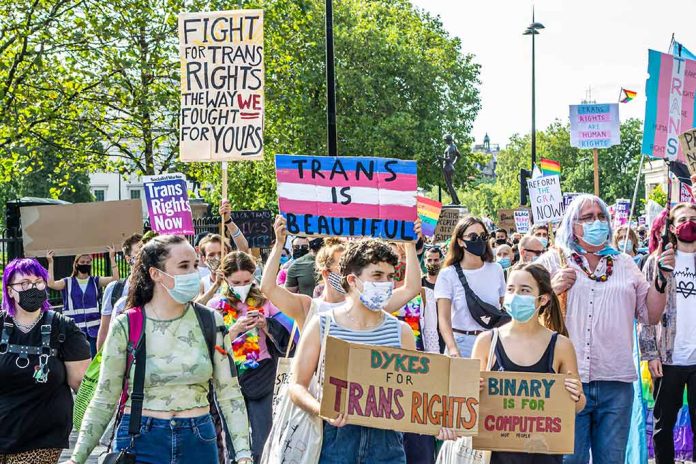
The topic of “Woke Health Service Tells Men to Fill in Pregnancy Forms” explores the changing dynamics in health services, specifically aimed at accommodating transgender men and non-binary individuals who may become pregnant. By including these groups in pregnancy form protocols, healthcare systems emphasize inclusivity. However, this opens a broader debate on the intersection of gender identity and established medical practices.
Scarcity of information and training among healthcare providers on providing prenatal care to transgender men is a prevalent issue. A dedicated quality improvement educational program was developed and implemented to bridge this gap, focusing on nursing staff. This program aimed to enhance their knowledge, skills, and attitudes regarding the care of pregnant transgender men.
Training and Education Efforts
The educational intervention provided nursing staff with essential information on sexual orientation and gender identity (SOGI), gender-neutral forms, respecting pronouns, and creating welcoming environments. This initiative aimed to ensure that healthcare workers could effectively communicate around pronouns, gender identity, reproductive systems, and obstetric history.
“Training on values, transforming attitudes, and interpersonal communication.” – Source
Despite these efforts, persistent deficits in knowledge, skills, and attitudes remained, suggesting the need for ongoing support and training. The study highlights the utility of unit-based training in fostering affirming and inclusive care within perinatal settings.
Challenges in Inclusive Healthcare
Healthcare providers must address the unique needs of gender-diverse populations, especially regarding pregnancy status determination. In Australia and New Zealand, the lack of standardized methods to determine pregnancy status for transgender, gender-diverse, and non-binary (TGDNB) patients in medical imaging has been noted. This can pose serious health risks, as current methods may miss pregnancies in TGDNB individuals, potentially exposing them to harmful radiation.
“The term ‘non-binary’ refers to people who identify as either male, female or neither (Jennings et al, 2022).” – Source
Ensuring inclusive medical imaging services becomes crucial as TGDNB individuals might avoid seeking healthcare due to fear of prejudice. Current IT systems in healthcare often do not differentiate between sex and gender, leading to potential misgendering and data errors.
Healthcare providers should record chosen names, pronouns, and titles in electronic medical records, while maintaining privacy and safety for TGDNB patients. Recommendations include ongoing staff education, inclusive language, and creating welcoming environments to improve patient experiences.
Sources
- Providing Gender Affirming and Inclusive Care to Transgender Men Experiencing Pregnancy
- Gender-inclusive practice in pregnancy determination for transgender, gender diverse and non-binary patients in medical imaging













